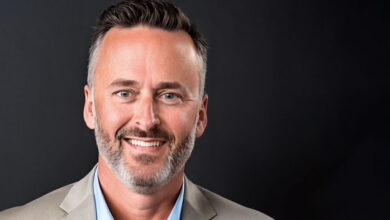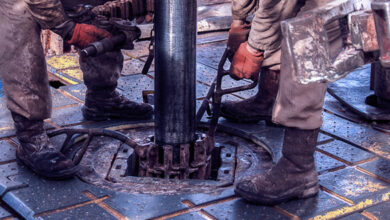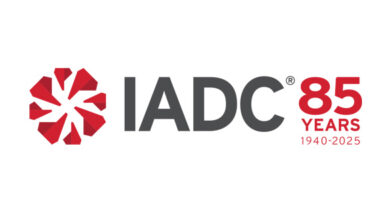Editorial: Tools to improve performance are there, but it’s up to the industry to use them
By Stephen Colville, IADC President/CEO

The industry believes it’s on top of its game, but that is far from what the public feels. This was stated by Kevin Lacy while speaking on a panel session at the recent IADC World Drilling conference in Vienna. He was not alone in this sentiment. Several speakers, including myself, referenced the sometimes thin line that separates us from another serious incident. The public will not stand for any more major incidents, no matter if it’s onshore or offshore. “Our business is becoming more risky, but public acceptance of failure is approaching zero,” Kevin emphasized.
The same can be said for regulators. The grip is tightening. Look at the EU Offshore Safety Directive, which could have profound effects on operators and contractors across the European Union. In the US Gulf of Mexico, SEMS is only the tip of the iceberg. The Chemical Safety Board recently issued a new report urging the Bureau of Safety and Environmental Enforcement to implement further requirements on the way industry manages major accident risk.
Put simply, regulators and the public are running out of patience, and the industry is running out of excuses. This is not something that can be addressed through a PR or marketing campaign. It requires the industry to fundamentally better itself at the very core through improved performance.
IADC’s mission is catalyzing that improvement. For the drilling industry, this means eliminating injuries, enhancing process safety, reducing NPT, improving equipment reliability and increasing efficiency.
Over the past couple of years, IADC has significantly increased its boots on the ground and invested in proactive, strategic initiatives targeting areas where we can make the most impact.
As the authoritative body in the drilling space, we have set out a four-pronged approach that aims to bring about continuous improvement:
• Stewardship, with drilling contractors. These are our rigs, our people, our equipment. The responsibility is ours – not the operators’, not the regulators’. Part of this means capturing and assessing evidence of performance so we truly understand how to improve. Another part is championing best practices and behaviors – the industry does many things right and should be proud to share them.
Stewardship also means defining a line of tolerability. IADC recently launched the KSA competencies database (see Page 18). If their employees don’t meet that base level of competence, they should not be in the industry.
• Leadership, with operators. Just as contractors must take ownership of their rigs, IADC has a key role in leading operators to take accountability for what goes on subsurface. They must set out soundly engineered well plans, then let contractors do their jobs.
• Influence, with governments. This means becoming the go-to organization and having a seat at the table when legislation is still being crafted. We have already seen marked progress since revamping our Policy, Government and Regulatory Affairs strategy. With true global reach, we will have global impact.
• Advocacy, with regulators. Regulators are not going anywhere. They set the priorities, and we would rather they do it with us than to us. IADC’s goal is to engage on key issues where the most meaningful impact can be made.
IADC stands ready to serve, but we can only work with the people who show up. Resources and tools like the KSAs and a global well control standard have been developed, and we are tackling additional initiatives such as operational risk management, helicopter underwater escape training, and accreditation for crane operators and riggers.
IADC can facilitate the development of these programs, but it’s up to the industry to adopt them into their individual companies. I realize that change is risky for drilling contractors due to myriad economic and operational pressures. You must make a choice. Will you commit to ensuring the competence of your employees to an industry-recognized standard? Will you dedicate the necessary resources to address major hazard risk and prevent another Montara/Macondo-type disaster? Will you join IADC on this journey of continuous improvement?
The drilling industry simply cannot compete on safety. As Kevin stated at the World Drilling conference, safety is not a company-specific issue – it is industrywide. Not recognizing that puts our collective license to operate at risk.
It’s our rigs, our people, our equipment. We must take ownership of the drilling space and responsibility for improving performance.




